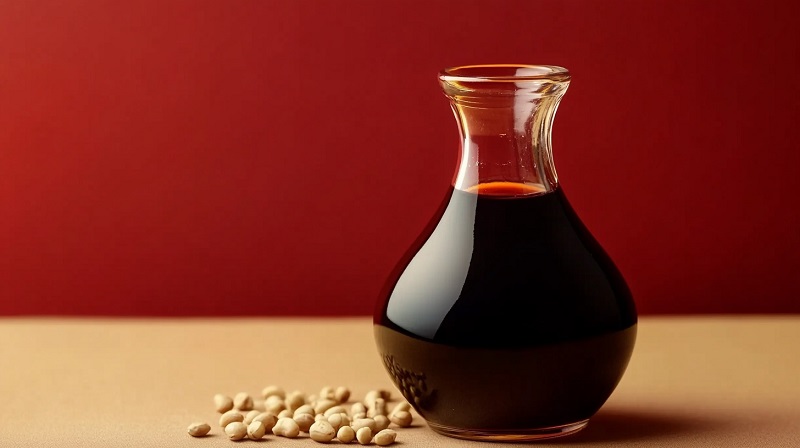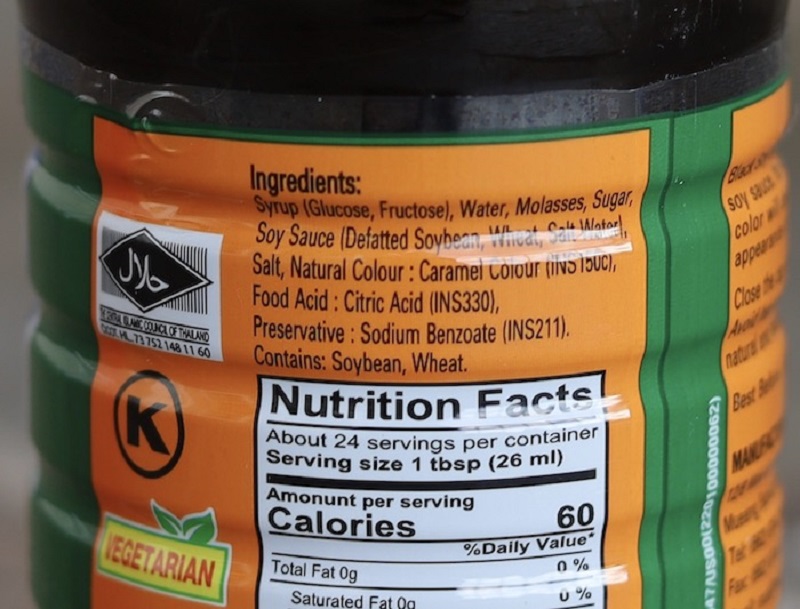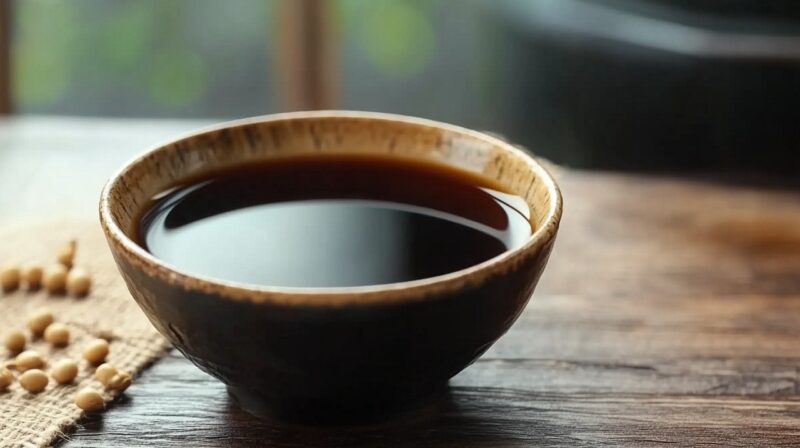Is Soy Sauce Really Vegan? (The Answer May Surprise You)
Soy sauce sits in nearly every fridge across America. It looks innocent. It tastes perfect. It carries a name that screams plant-based. For years, no one asked questions. That silence has cracked.
Reports from food labs, whistleblowers, and independent investigations reveal a different story. In some production lines, soy sauce includes ingredients that never appear on the label. Fish flakes. Bone char. Animal enzymes during fermentation. Popular brands refuse to admit it. Ingredient lists hide behind vague terms like “natural flavors” or “caramel color.”
Vegans now demand answers. Food regulators shift the responsibility. Manufacturers say nothing and keep cashing in. Sushi counters serve it. Grocery chains stock it. No labels issue a warning. No bottle explains what really goes in.
The soy sauce in your pantry might be fine. Or it might not! Without transparency, there is no way to tell.
Key Insights
- Many soy sauces labeled as vegan may still contain fish extracts, animal enzymes, or bone-char processed ingredients.
- Ingredient labels often hide animal origins under terms like “natural flavors” or “caramel color.”
- True safety comes only through certified vegan labels, company transparency, and full process disclosure.
What You Think Is Soy Sauce May Not Be Soy Sauce at All
Most buyers believe soy sauce contains only soybeans, wheat, salt, and water. Traditional Japanese shoyu or Chinese jiang you followed that formula for centuries. Modern bottles tell a different story.
Fermented or Chemically Hydrolyzed?
Two types dominate global shelves:
- Brewed (fermented) soy sauce uses koji mold and takes months to mature.
- Chemically produced soy sauce uses acid hydrolysis and finishes within days.
Brands using acid hydrolysis often skip full disclosure. That allows shortcuts in flavor and texture, making space for hidden additives.
Mass Production Replaced Craft
Kikkoman, Pearl River Bridge, and Yamasa still use fermentation. But many private-label brands in supermarkets skip it. Hydrolyzed soy protein with caramel color and flavor enhancers now passes as soy sauce to untrained buyers.
“People think soy sauce means tradition. Most products are chemical soup.”
—Dr. Joanne Slavin, University of Minnesota Food Science
Animal Ingredients Hidden in Plain Sight
Fish extracts, gelatin, and enzymes from animal organs appear in several mainstream soy sauces. None of them are listed by name.
Bonito and Sardine Extracts

Certain Korean and Japanese blends include dried bonito or sardine powder to deepen umami. Look for words like:
- Seafood flavoring
- Fish broth base
- Traditional umami enhancer
Bone Char in Coloring
Bone char sometimes processes the sugar used in caramel color. That turns sugar dark brown but breaks vegan standards.
Natural Flavor, Caramel Color, and Other Code Words
Soy sauce ingredients often sound safe. Words like “natural flavor” and “coloring agents” sound clean. But they hide animal origins legally.

Label Loopholes Used by Major Brands
FDA and EU laws allow “natural flavor” to mean substances extracted from animals or plants. No need to say which one.
- La Choy Soy Sauce contains hydrolyzed soy protein and artificial caramel coloring.
- Kikkoman Less Sodium Soy Sauce avoids animal derivatives, but still uses vague flavor labels.
What to Watch for on a Label
Always investigate products listing:
- Caramel color
- Natural flavors
- Spices
- Enzyme-treated soy protein
Those terms often mask animal processing.
The Truth About Traditional Methods vs Modern Factories
Traditional soy sauce fermentation can take several months. It uses simple ingredients and controlled mold cultures. Industrial production, on the other hand, cuts the timeline using hydrochloric acid and synthetic flavor agents.
Key Differences in Process
- Traditional: Involves a koji starter, fermentation tanks, regular mixing, and a slow aging phase.
- Industrial: Uses acid hydrolysis to break down soy protein in a few days, then mixes in color and flavor agents for taste.
Impact on Ingredients
Traditional brewing produces natural glutamates, antioxidants, and trace minerals. Chemical processes often destroy amino acid profiles and replace depth with artificial flavoring. Only a few brands commit to real fermentation.
Brands That Cross the Line and Still Call It Vegan
Several soy sauce products carry vegan-friendly labels yet include suspicious ingredients or use methods incompatible with vegan standards.

Ingredients that Raise Red Flags
Some brands use “flavor enhancers” that include disodium inosinate or disodium guanylate. These compounds sometimes derive from animal sources unless specifically stated otherwise. Others may process soy proteins using enzymes harvested through non-vegan means.
Label Language That Misleads
Common misleading terms include:
- “Natural enzymes”
- “Traditional taste”
- “Savory blend”
None of these guarantee plant-based origin. Many products labeled vegan have not been third-party certified. Trust must come from transparency, not buzzwords.
How to Spot a Safe Bottle Without Trusting the Label
Choosing a soy sauce that meets strict vegan expectations requires careful attention to fine print and supporting materials beyond packaging.
Look for Clear Certification
Always verify presence of a certified vegan logo by groups like Vegan Action or The Vegan Society. These stamps confirm full compliance with plant-based standards, including processing and filtration.
Review Company Transparency
Go beyond the bottle. Visit brand websites. Look for open sourcing of ingredients and full production process breakdowns. Companies with nothing to hide often show fermentation tanks, timelines, and ingredient origins directly.
Investigate Third-Party Testing
Some independent platforms test sauces for animal-based residues. Reports from consumer labs sometimes reveal ingredient traces not disclosed on packaging.
Conclusion
No product deserves automatic trust. Even a bottle that seems clean can carry hidden risks. The food industry thrives on vague language, flexible regulations, and buyer assumptions.
Real safety comes through research. Investigate every brand. Use verified sources. Contact companies directly. No shortcuts. No assumptions. Only clarity will expose the truth behind every drop.
Read Next – Guess Who’s Vegan? 6 Musicians Who Ditched Meat

